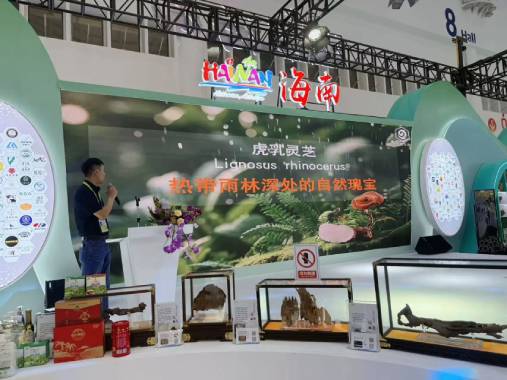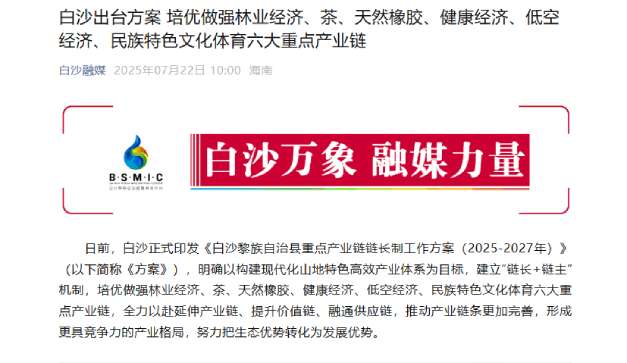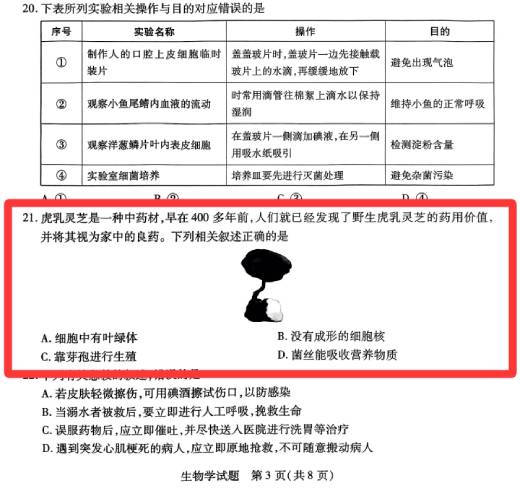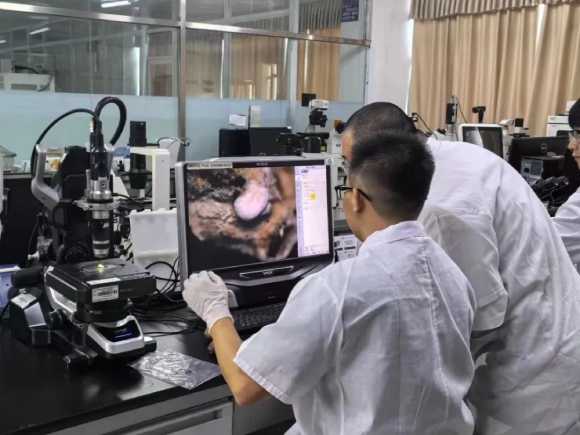Understory Economy Industry in Hainan – Scale Tiger milk mushroom planting base analysis
Understory Economy Industry in Hainan – Scale Tiger milk mushroom planting base analysis
After ten years of research, Dr. Xu Lin’s team from the Chinese Academy of Tropical Agricultural Sciences (CAATAS) has successfully established the world’s first standardized planting system of Tiger milk mushroom under rubber forest in Danzhou, Hainan. Data show that the model makes the forest unit output value increased by 380%, for the tropical forest economy to provide replicable ecological samples.
Industrial integration drive rural revitalization In addition to forest planting, Hainan is practicing the “whole industry chain development mode”. In the policy support level, “Hainan Free Trade Port Construction Overall Program” as a national strategic planning, clearly put forward “cultivate new forms of agriculture”, the integrated industrial projects to give land policy tilt and tax incentives; Hainan Provincial Department of Agriculture launched a “shared farm model” and “integrated development of idyllic garden project” special program to guide social capital into the development of agro-tourism, such as the Qionghai Shamei demonstration villages, Ding’an Jiuwentang For example, the Shamei model village in Qionghai and the Jiowintang model village in Ding’an have created a comprehensive business model of “boutique lodging, farming experience and direct marketing of agricultural products” through the manor economy.
Relying on tropical agricultural landscape resources, Hainan has formed a leisure agriculture and rural tourism industry belt: Sanya Rice National Park as an agricultural science theme park, the integration of rice paddy landscape, agricultural practice and educational practice projects; Wanning Xinglong Coffee Valley to create a coffee whole industry chain experience base, tourists can participate in planting and harvesting, baking and processing and tasting courses; Tourism corridors around the island strung together Qionghai Tamen, Lingshui Xincun and other fishing towns, the development of fishing village life experience projects and the depth of marine culture. The development of fishing village life experience program and the depth of marine culture tour.

Drawing on the above success stories, Dacheng Township in Danzhou City is building a sustainable “rainforest ecological economic circle” through the industrial synergy of Tiger milk mushroom planting, cultural tourism and science education. In March 2025, the town issued the “Tiger milk mushroom forest economy cooperative development program”, adopting a synergistic mechanism of government guidance, enterprise support, cooperative association empowerment and farmer participation: the grass-roots government coordinates the planning to form a demonstration area; it establishes a strategic cooperation with the Baisha Agricultural Science and Technology Company, which provides high-quality strains of bacteria cultivation kits, technical training and signed a guaranteed price purchase contract; Agricultural cooperatives assist in financing services; growers focus on forest production and management.
Through a multi-party collaboration mechanism, Dacheng Township has built a standardized Tiger milk mushroom plantation by efficiently utilizing local rubber forest resources. Based on the experience of industrial integration and development, the base not only serves as a production base for specialty agricultural products, but also transforms into an eco-tourism destination and nature education platform.

In the future, tourists can start a journey to explore the fungi kingdom at the base: participate in the harvesting experience, get fresh Tiger milk mushroom from the strain cultivation kit, and feel the charm of eco-agriculture; and learn the standardized production process such as drying treatment and slicing processing under the guidance of professional technicians.

The base has developed an immersive education program to systematically demonstrate the ecological characteristics, nutritional composition and health applications of Tiger milk mushroom through video materials, physical specimens, interactive devices and other carriers. Young people can observe the growth cycle in the field and cultivate the awareness of ecological protection and the spirit of scientific exploration.
This “agricultural production + ecotourism + knowledge popularization” composite model to create a unique value: reference to similar projects in the province data, Tiger milk mushroom base is expected to drive the surrounding countryside catering and accommodation revenue growth of more than 30%, to attract eco-tourism groups to experience the local culture, consumption of special agricultural products, so that the unit value of the forest land from the traditional mode of production of 400-800 U.S. dollars per mu The output value of forest land will be increased from 400-800 US dollars per mu in traditional mode to more than 1500 US dollars, realizing a virtuous cycle of economic gain and ecological protection.

According to the statistics of the Forestry Department of Hainan Province, the island has 1.755 million hectares of forest land resources, of which 584,000 hectares have the potential for the development of forest economy. Tiger milk mushroom industry as a typical example, through the three-dimensional utilization of resources to prove the feasibility of green development.
As a demonstration project of understory economy in Hainan Province, the plantation system has passed ISO22000 food safety certification, and its carbon sink efficiency technology has been featured in the journal Tropical Agricultural Science. The germplasm resource bank established by the plantation company in conjunction with the Chinese Academy of Thermal Sciences provides core guarantee for the sustainable development of the industry.






This analysis of Hainan’s understory economy and industrial integration is quite insightful. The focus on the Tiger milk mushroom planting base and the broader rural revitalization efforts highlights a sustainable approach to agriculture. The policy support, like land tilts and tax incentives, seems well-structured to attract investment. The shared farm model and agro-tourism initiatives, such as the Shamei and Jiowintang villages, are innovative and promising. However, I wonder how scalable these models are for other regions with different resources. The integration of leisure agriculture and tourism, like in Sanya Rice National Park and Wanning Coffee Valley, adds significant value. Do you think these projects can maintain their authenticity while scaling up? Overall, it’s an inspiring blueprint, but I’m curious about the long-term challenges in balancing economic growth and ecological preservation. What’s your take on this?
This is a fascinating approach to rural revitalization and industrial integration in Hainan. It’s impressive how the province is leveraging its tropical agricultural resources to create diverse and sustainable economic models. The focus on agro-tourism and the “shared farm model” seems like a smart way to attract both social capital and tourists. The examples of Qionghai Shamei and Ding’an Jiuwentang villages highlight the potential of combining farming experiences with direct marketing and boutique lodging. However, I wonder how scalable these models are for other regions with different climates or resources. Also, how does the government ensure that these projects benefit local communities directly? What’s your take on the long-term sustainability of such initiatives? Wouldn’t it be interesting to see a follow-up study on the economic and social impacts of these projects in a decade?
F*ckin’ remarkable things here. I’m very satisfied to peer your post. Thank you a lot and i am looking ahead to touch you. Will you please drop me a e-mail?